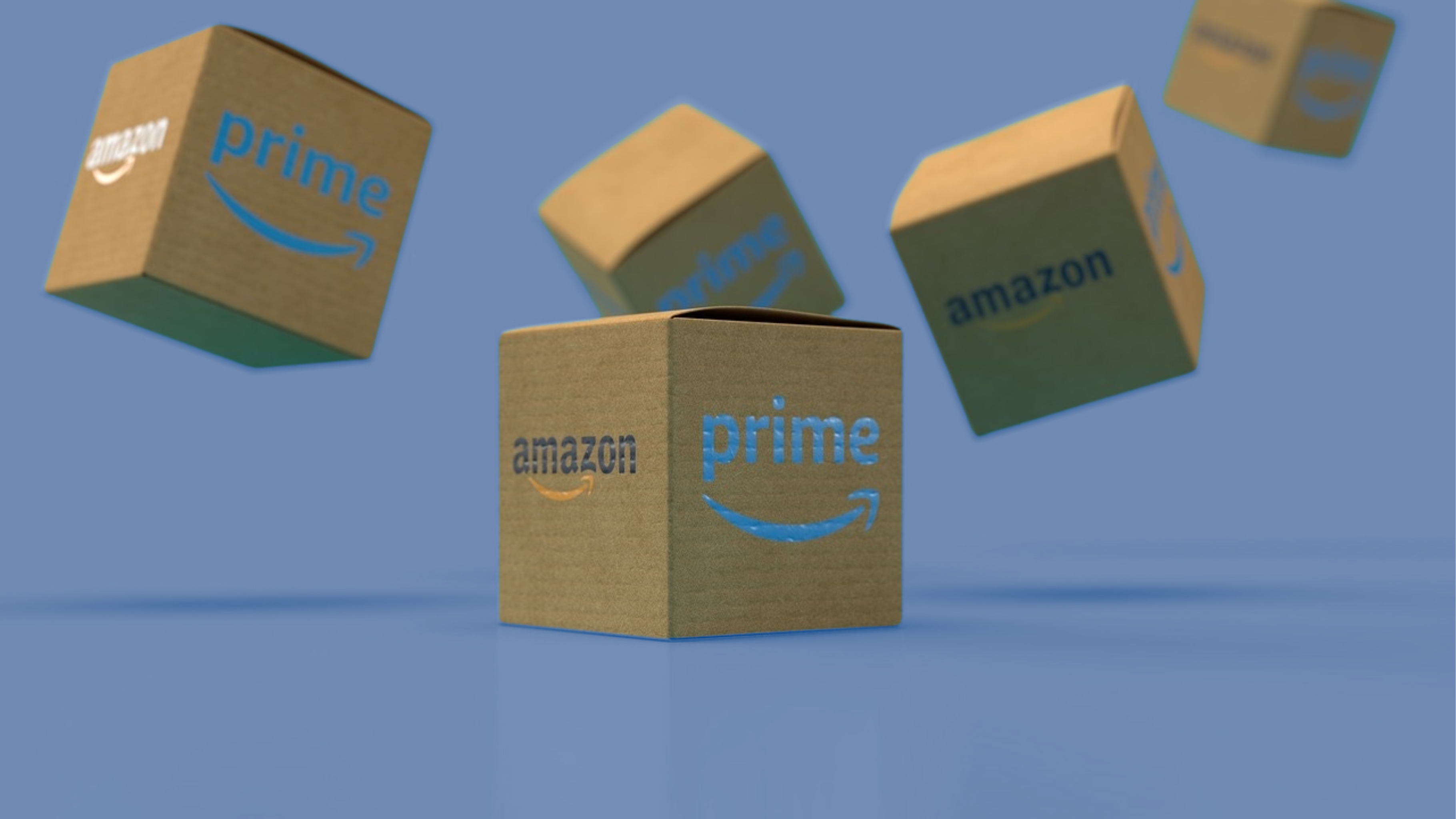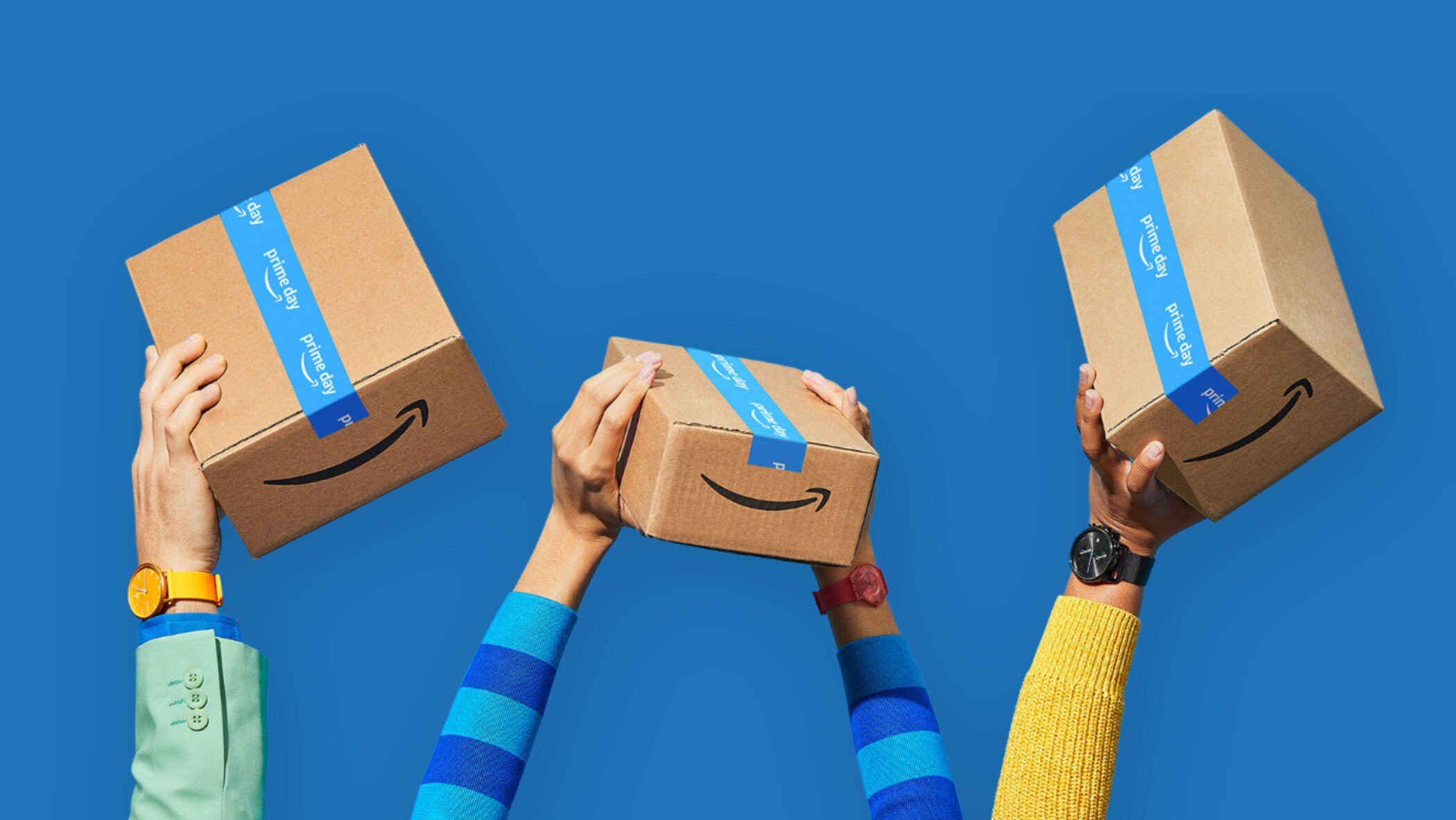4th of July Ecommerce Checklist: How to Plan, Launch and Win Without the Last-Minute Stress
The Fourth of July can be a high-revenue moment—or a stressful one.
For ecommerce brands, it sits at a key intersection: post-Memorial Day, pre-Prime Day. It’s a short window with strong intent, fast purchase behavior, and high competition.
In the rush to launch a promo, many teams jump straight to content or ads—without confirming the most important pieces: inventory, timelines, and internal clarity. That’s where things fall apart.
This checklist is built for ecommerce operators, growth teams and brand owners who want to move early, stay organized, and run the week with confidence—across Amazon, Shopify, and retail.
If you use June well, July 4th doesn’t have to be a scramble.
Why 4th of July Still Matters
Yes, it’s a short holiday. But that’s exactly why it works: the urgency is built-in. People are planning BBQs, traveling, shopping early, and browsing late at night.
It’s also a moment where wellness, food, skincare, apparel, hydration, and recovery products all spike in relevance. If you sell online, this week holds opportunity—if you're prepared for it.
Campaigns don’t fail because the offer wasn’t good enough. They fail because clarity came too late.
Your June Checklist, Rebuilt for Real Teams
A realistic breakdown by phase. No extra stress. Just structure.
- Inventory: The Campaign Starts Here
- Confirm availability of hero products
- Flag any risk SKUs and remove them from campaign plans
- Identify bundles you can push based on current stock
- Align inventory, marketing and fulfillment teams early
- Use this moment to clean up slow-moving or overstocked items
Tip: If you can’t fulfill it confidently, don’t promote it. Plan from the shelf up.
- Offer + Asset Planning: Fast, Flexible, Focused
- Lock your offer: clear, simple, margin-checked
- Build and approve visual assets (Amazon Posts, banners, PDP images, emails)
- Reuse content where possible across Amazon, DTC and retail
- Prep assets for short promo windows and evergreen summer repurposing
- Keep all materials labeled and accessible across the team
Tip: The most effective campaigns are repeatable, not reinvented from scratch.
- Pre-Launch Strategy (Mid–Late June)
- Finalize campaign calendar: promo timing, channels, segments
- Share the plan with marketing, ops and customer support
- QA product pages, visuals and email flows across platforms
- Schedule as much content as possible in advance
- Identify backup products or fallback messaging in case of changes
Tip: If something goes off-plan during the holiday, will your team know what to do?
- Execution Week (July 1–5)
- Double-check launch assets and links before go-live
- Monitor inventory and pause items if stock depletes
- Track real-time results by SKU and platform (Amazon, Shopify, etc.)
- Collect screenshots, reactions, and engagement to review later
- Set a time to regroup post-holiday with learnings for future events
Tip: Don’t forget to document what worked. July 4 is short—but the insights last.
My Take
The best-performing campaigns I’ve seen don’t happen in a sprint. They come from teams that plan early, simplify the work, and communicate clearly across functions.
It’s not about doing more. It’s about doing the right things—at the right time—so you can actually enjoy the results when they come in.
If you're prepping for July 4 and already feeling the pressure, you're not alone.
And if you're looking for a clearer system to plan campaigns across Amazon, Shopify or retail—I'd be happy to talk it through with you.
Planning ahead doesn't just reduce chaos. It builds trust, protects teams, and sets the tone for everything that comes after.
Let me know if you'd like to chat.
.png?width=238&height=70&name=Logo%20HatchEcom%20azul%20(1).png)
.png?width=200&height=59&name=Logo%20HatchEcom%20azul%20(1).png)




